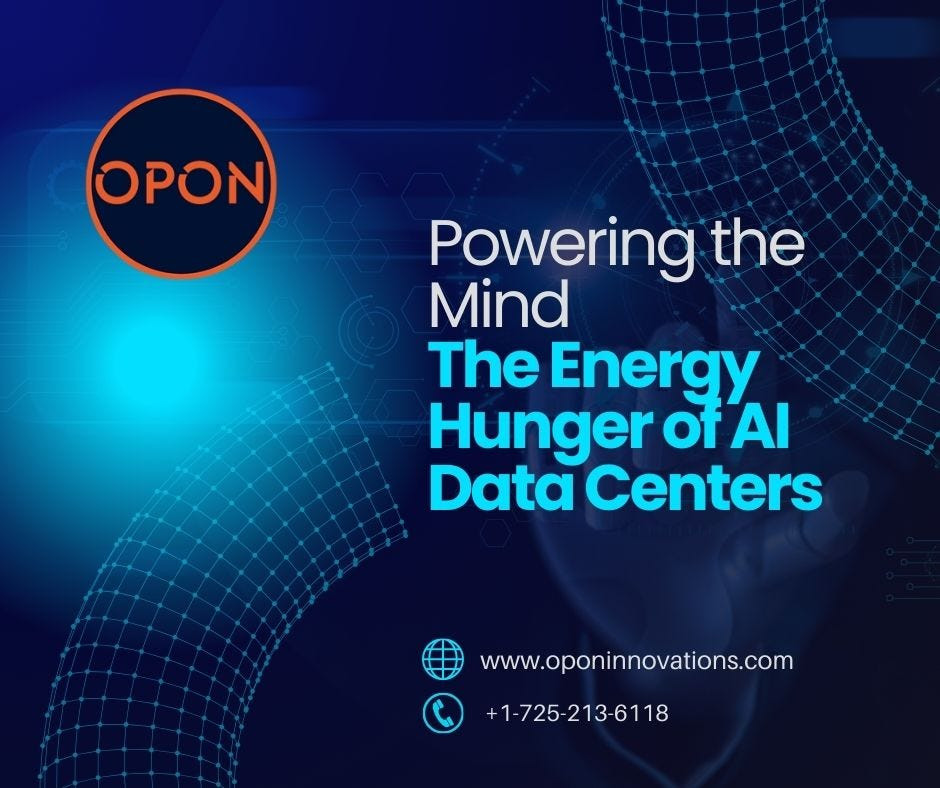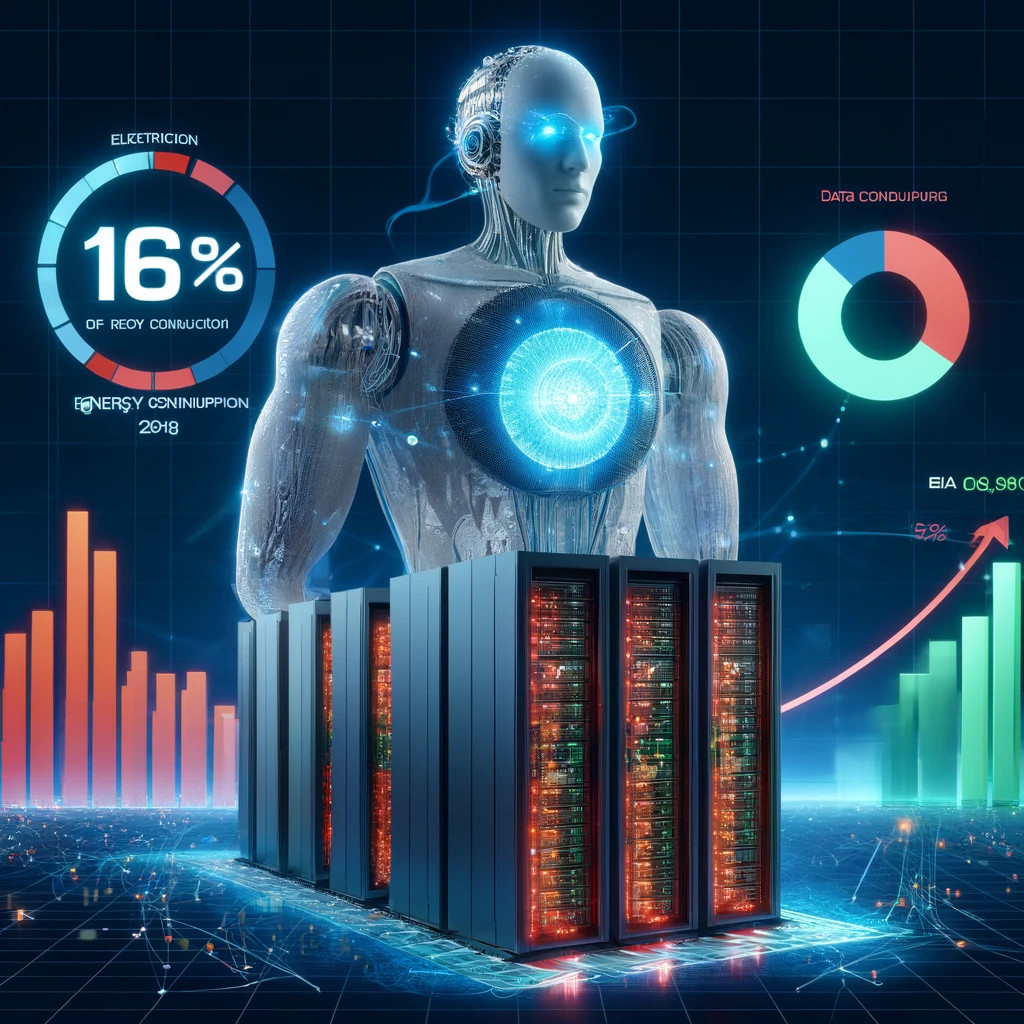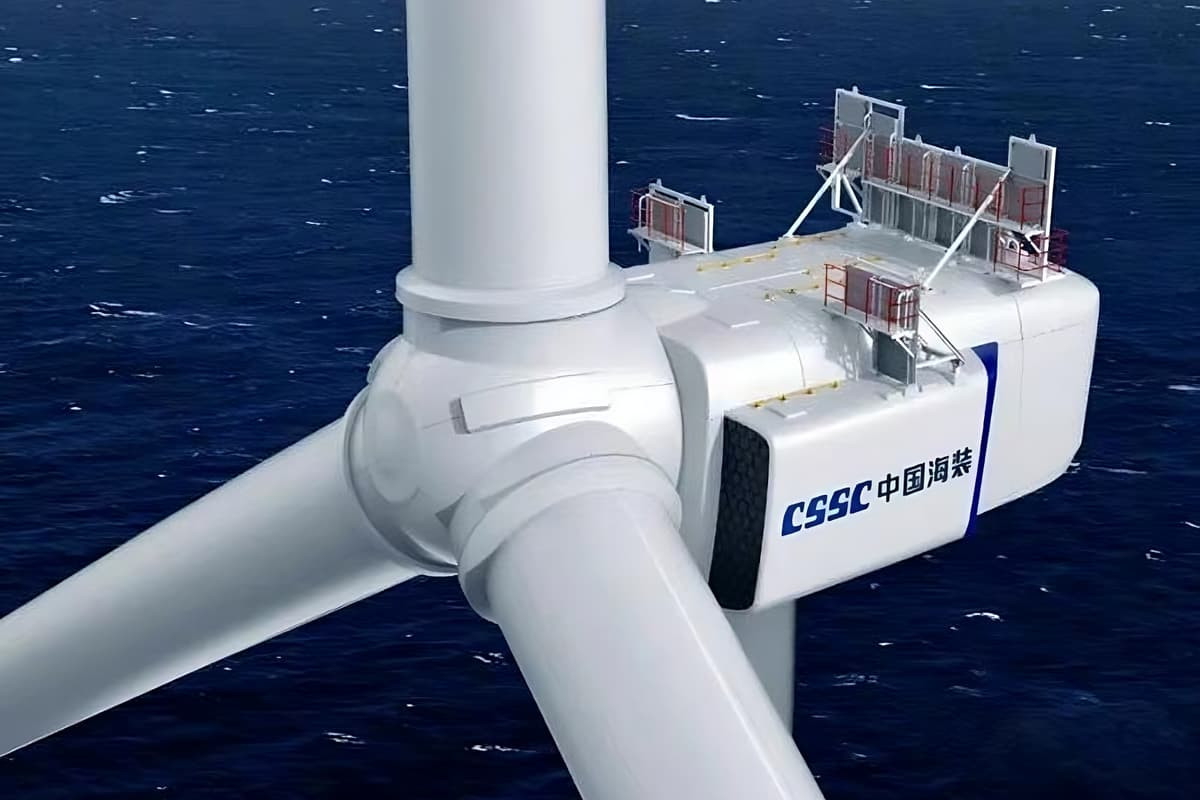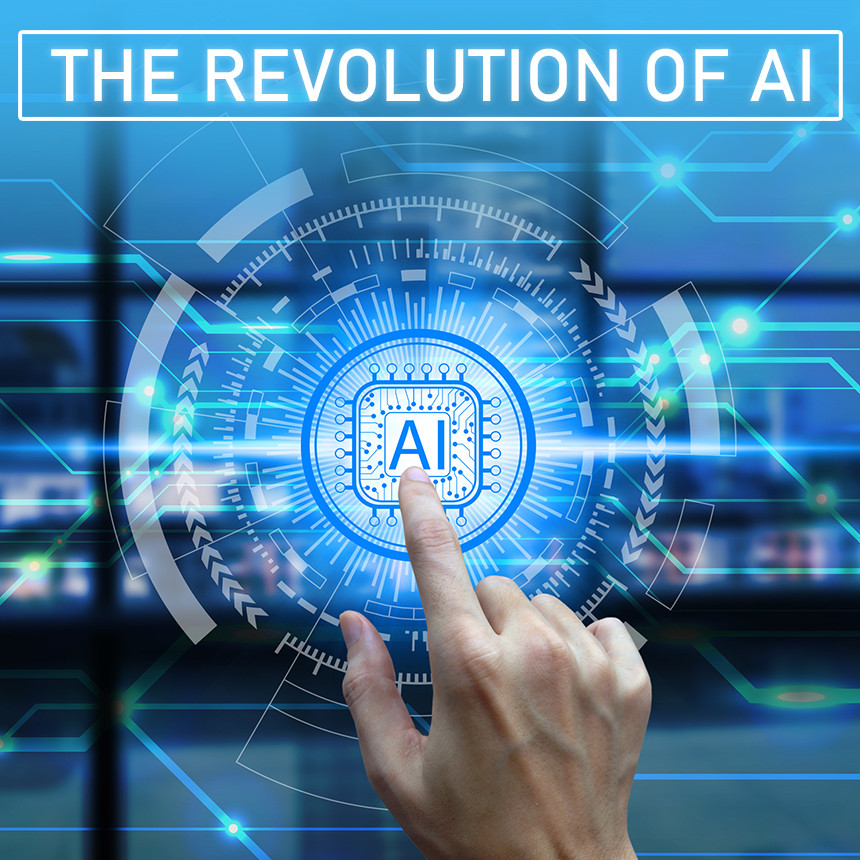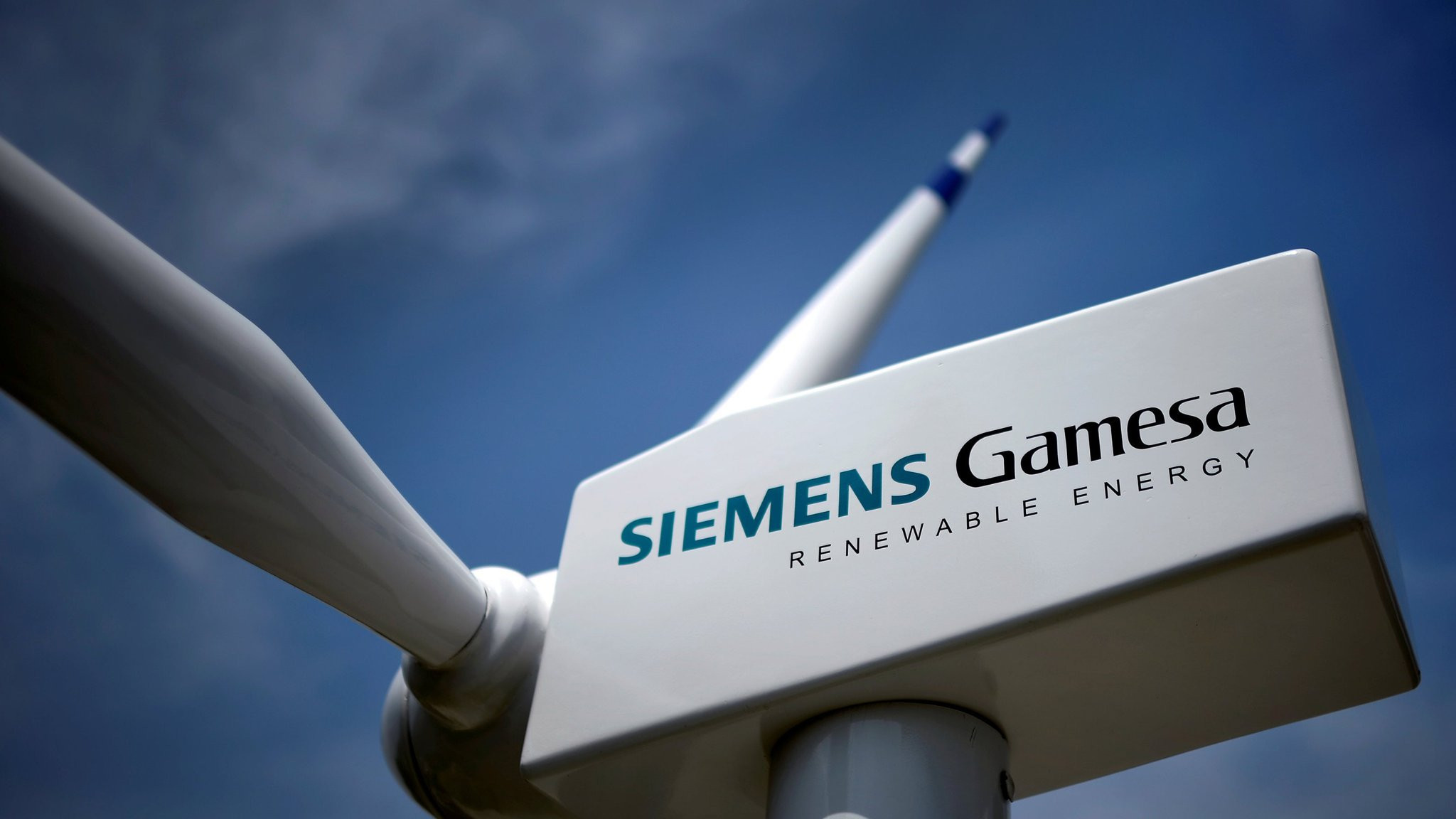AI's Energy Hunger: How Data Centers Are Fueling the Tech Revolution and Threatening the Planet
The rise of artificial intelligence (AI) is transforming industries and reshaping our world in unprecedented ways. From self-driving cars to medical diagnoses, AI's potential seems limitless. However, this technological revolution comes at a cost – a significant and growing energy appetite. The massive data centers that power AI algorithms are consuming vast amounts of electricity, raising serious concerns about environmental sustainability and the future of our planet. This energy consumption is not just a minor inconvenience; it's a critical challenge that demands immediate attention and innovative solutions.
The Power Behind the Pixels: Understanding AI's Energy Demands
The energy consumption of AI is primarily driven by the insatiable need for computing power. Training sophisticated AI models requires enormous computational resources, often involving thousands of powerful processors working in parallel for days, weeks, or even months. This process, known as training, is incredibly energy-intensive. Furthermore, the deployment of AI models, or inference, also consumes considerable energy. These energy demands are further amplified by the relentless growth in the volume of data needed to train and run AI systems.
The Exponential Growth of Data Centers
To meet the ever-increasing computational demands of AI, the number and size of data centers are expanding exponentially. These facilities house the servers, networking equipment, and cooling systems that support AI operations. Their energy consumption is substantial, contributing significantly to global electricity demand. The sheer scale of these data centers, their cooling needs (often requiring vast amounts of water), and their reliance on traditional energy sources pose a significant threat to environmental sustainability. Studies have shown a direct correlation between the increase in AI applications and a corresponding rise in energy consumption, highlighting the urgent need for a sustainable approach to AI development and deployment.
The Environmental Impact: A Growing Concern
The energy used by data centers to support AI has a substantial impact on the environment, primarily through greenhouse gas emissions. The burning of fossil fuels to generate electricity contributes significantly to climate change. This environmental impact is not just limited to carbon emissions; the water consumption of data centers, particularly for cooling, can also strain local water resources, particularly in already water-stressed regions. Moreover, the production and disposal of electronic components involved in building and maintaining these facilities add to the environmental footprint of AI.
Finding the Balance: Sustainability Solutions for AI
Addressing the energy challenge in AI requires a multifaceted approach. Several strategies are being explored to mitigate the environmental impact of data centers: the increased use of renewable energy sources, the development of more energy-efficient hardware and software, and improved cooling technologies are all crucial steps towards a greener AI future. Moreover, advancements in algorithmic efficiency can significantly reduce the computational resources required for AI model training and deployment. These efforts, however, require collaboration between researchers, industry leaders, and policymakers to accelerate the transition to a sustainable AI ecosystem. Furthermore, focusing on responsible AI development that prioritizes efficiency and minimizes energy consumption from the outset is critical.
The Path Forward: Towards a Sustainable AI Revolution
The future of AI is intricately linked to its energy footprint. Failing to address the energy demands of AI will not only exacerbate climate change but also limit the potential of this transformative technology. The development of truly sustainable AI requires a commitment to innovation, collaboration, and responsible resource management. This includes investing in renewable energy infrastructure, designing energy-efficient data centers, and developing AI algorithms that consume less energy. The journey towards a sustainable AI revolution will be challenging, but it is a journey we must undertake to ensure the benefits of AI are accessible to all while preserving the planet for future generations. It is about harnessing the power of technology while safeguarding the environment. We must find a way to balance the remarkable potential of AI with our responsibility to protect the planet. This requires a concerted effort from governments, corporations, and researchers to develop and implement sustainable practices.
The challenge is considerable, but not insurmountable. With a concerted effort, we can harness the transformative power of AI while safeguarding our planet's future. This is not merely a technological challenge; it is a societal imperative that requires collaboration and innovative thinking to ensure a sustainable future for all.




